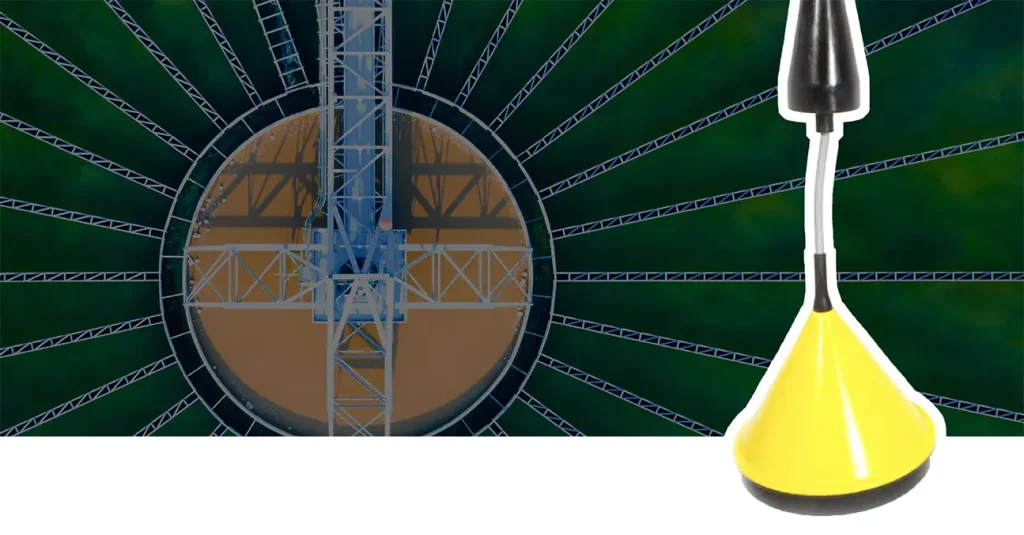Float switches are useful devices that can be suited for hazardous environments where flammable gases or oils are present. The intrinsic safety wiring method, combined with an appropriate barrier, allows devices to operate safely in areas with the risk of ignition.
Intrinsic Safety with Float Switches
The key is using Intrinsically Safe wiring methods to limit available energy.
Intrinsically safe systems prevent ignition by using devices requiring very low power voltage and currents. These devices are connected to barriers and isolators installed between the power source and the hazardous area, limiting the power that flows through the hazardous area.
The intrinsic safety technique allows for the installation of a simple apparatus: a device that doesn’t generate or store more than 1.5 V, 100mA, and 25mW. Some examples include resistors, junction boxes, semiconductor devices, and switches. If it meets these requirements, it’ll have little effect on the intrinsic safety of a system. This makes it possible to install them in an intrinsically safe system without requiring third-party certification. A simple apparatus lacks circuit boards and other components that condition electrical outputs.
APG’s line of mechanical float switches operates on a straightforward open-and-close mechanism. When the circuit is open, the electric current cannot complete the loop, creating a gap. When the circuit is closed, the loop is complete, allowing the current to flow. The unit’s output is directly correlated with the supply power input, which means if the supply power is intrinsically safe, then so is the float switch.
A Warning About Float Switches in Hazardous Areas
A float switch poses minimal risk to a hazardous area. Adding anything to a hazardous area should be carefully considered. Make sure you’re familiar with the instrumentation and wiring in your hazardous area and consult with an electrical engineer who can safely assess the risk of modifying your installation.
Always use an appropriate barrier or isolator to control the power coming into the hazardous area and device. Failure to do so will compromise your safety and that of everyone around you.
How To Wire Float Switches For A Hazardous Location
Below are two typical intrinsically safe installation configurations for Dual Level and Single Level installations.

The drawing shows an intrinsically safe relay with multiple inputs. A safety barrier can be used if one of these isn’t available. One input per switch point is needed, which can mean multiple safety barrier modules.
For setups with many switch points, costs can add up. In such cases, consider other measurement solutions like the PT-500 submersible pressure transmitter or the LPU-2428 ultrasonic sensor.
Float Switches Are a Great Choice for Hazardous Areas
Float switches are invaluable, even in hazardous areas. If you have questions about instrumentation in hazardous areas, we’re happy to help.
Please contact us with any questions or for technical help concerning the hazardous location installation of any float switch, or any hazardous measurement instruments.
WRITTEN BY

Sami T.
Sami Thompson is APG’s Marketing Technical Writer and has been with the company since 2022. With a master’s degree in English from Utah State University and a 40-page thesis publication under her belt, Sami has a demonstrated strong writing background. In her free time, Sami enjoys reading and birdwatching.


